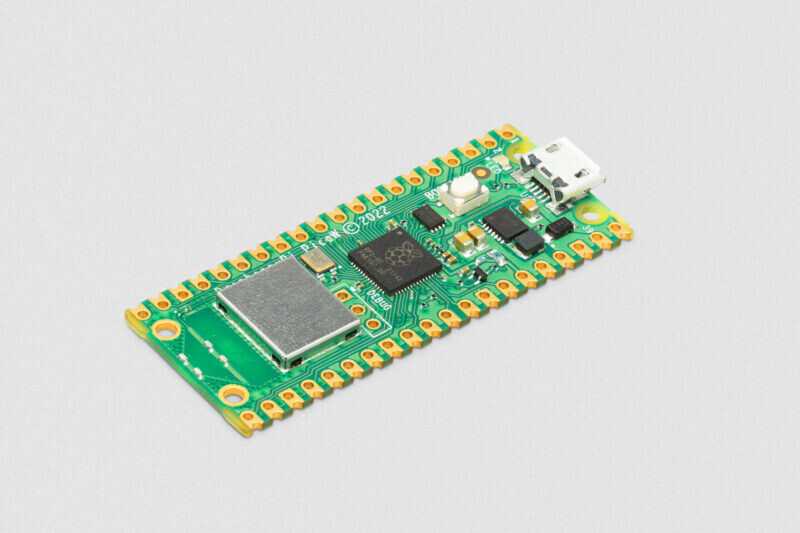
The Raspberry Pi Foundation today launched the new $ 6 Raspberry Pi Pico W, which takes the place of its lucky predecessor.
In January of last year, Raspberry Pi Foundation (here for more info) launched the $ 4 Raspberry Pi Pico, the first product built on silicon designed here by the Raspberry Pi. At the center is the microcontroller RP2040. Based on the low power process a 40 nm di TSMC and incorporating two 133 MHz Arm Cortex-M0 + cores, 264 kB of on-chip SRAM and our unique programmable I / O subsystem. Since launch, nearly two million cards have been sold Pico and RP2040 has found its way into a huge number of third-party products. The company has always believed that the RP2040 was suitable for commercial and industrial applications, but the global shortage of semiconductors has greatly accelerated adoption. With millions of units available today and pipelines in place for tens of millions more, designers who have been disappointed with their current suppliers have a perfect excuse to experiment.
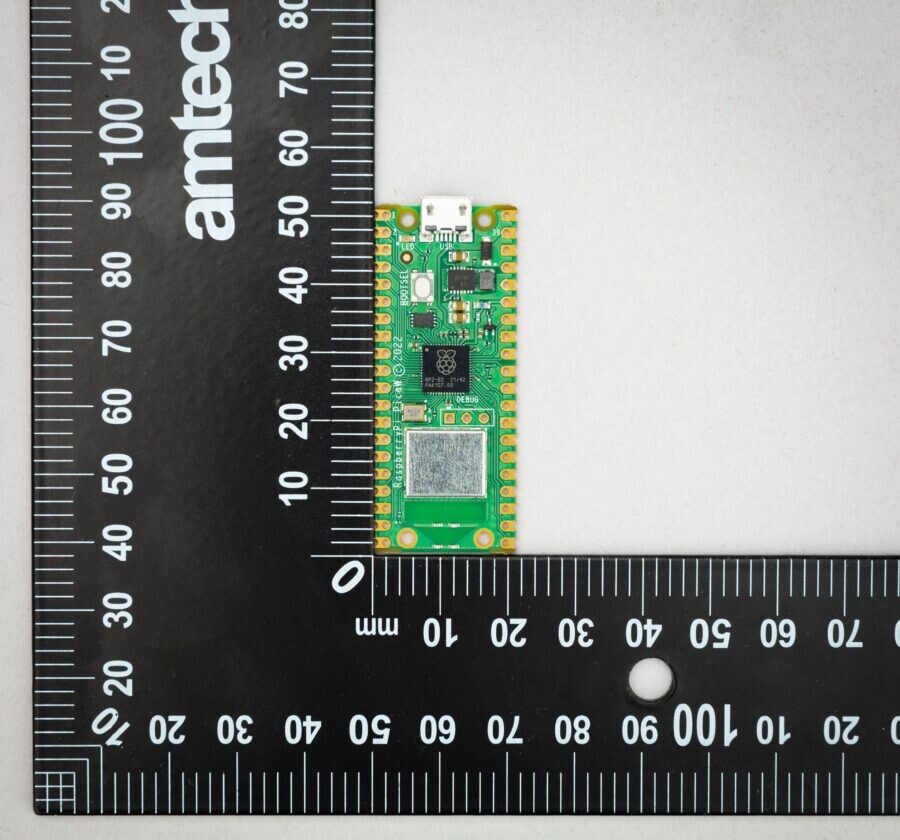
The new $ 6 Raspberry Pi Pico W has been presented and ready to launch
Fast cores, large memory and flexible interface make RP2040 a natural building block for applications Internet of Things (IoT). But Pico itself has an obvious missing feature for the IoT: a method for connecting to the network. Now, this is about to change with the launch of three new members of the Pico family. The Raspberry Pi Pico W is priced at $ 6 and carries the network 802.11n wireless on the Pico platform, while maintaining complete pin compatibility with its big brother. The Pico H ($ 5) e Pico WH ($ 7) add precompiled headers and our new debug a 3 pin, respectively in Pico and Pico W. As for Pico H and Pico W they are available already today. Pico WH will follow in August.
Raspberry Pi teamed up with Infineon to add theirs chip wireless CYW43439 a Pico W. Like all modern Raspberry Pi boards, the radio circuit is encapsulated in a metal shield can, reducing compliance costs for customers looking to integrate it into their products. CYW43439 supports both Bluetooth Classic che Bluetooth Low-Energy. Bluetooth was not enabled on the Pico W at launch, but it could be done in the future.
Software and Documentation
For C developers, today’s release of Pico SDK includes support for wireless networks. The network stack is built around lwIP and uses Damien George’s libcyw43 (famous from MicroPython) to communicate with the wireless chip. By default, libcyw43 is licensed for non-commercial use. But Pico W users, and anyone else who builds their own product around RP2040 and CYW43439, benefit from a free license for commercial use. MicroPython users can download an image UF2 updated with network support for Pico W.
This UF2 firmware we are making available for the Pico W is a separate build from the firmware MicroPython existing for the original Pico board. Changes will be made to the MicroPython main repository immediately after launch. But since MicroPython has separate binaries on a per board basis rather than per architecture, there will always be two distinct versions of the UF2 firmware going forward. One for Pico, the other for Pico W. Getting started guides for C and MicroPython, as well as links to API level documentation, to get you online are available in the microcontroller section of our documentation site. In the next month or two we will be launching more demos and documentation to help you get the most out of your Pico W.
And you? what do you think of this new the new $ 6 Raspberry Pi Pico W and other models? tell us yours below in the comments and stay connected on TechGameWorld.com, for the latest news from the world of technology (and more!).
The article Raspberry Pi launches the new Raspberry Pi Pico W comes from TechGameWorld.com.











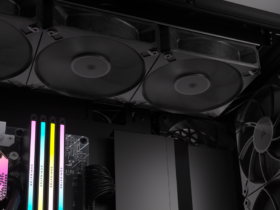
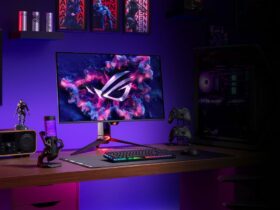

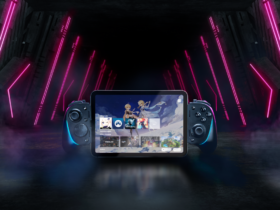
Leave a Reply
View Comments